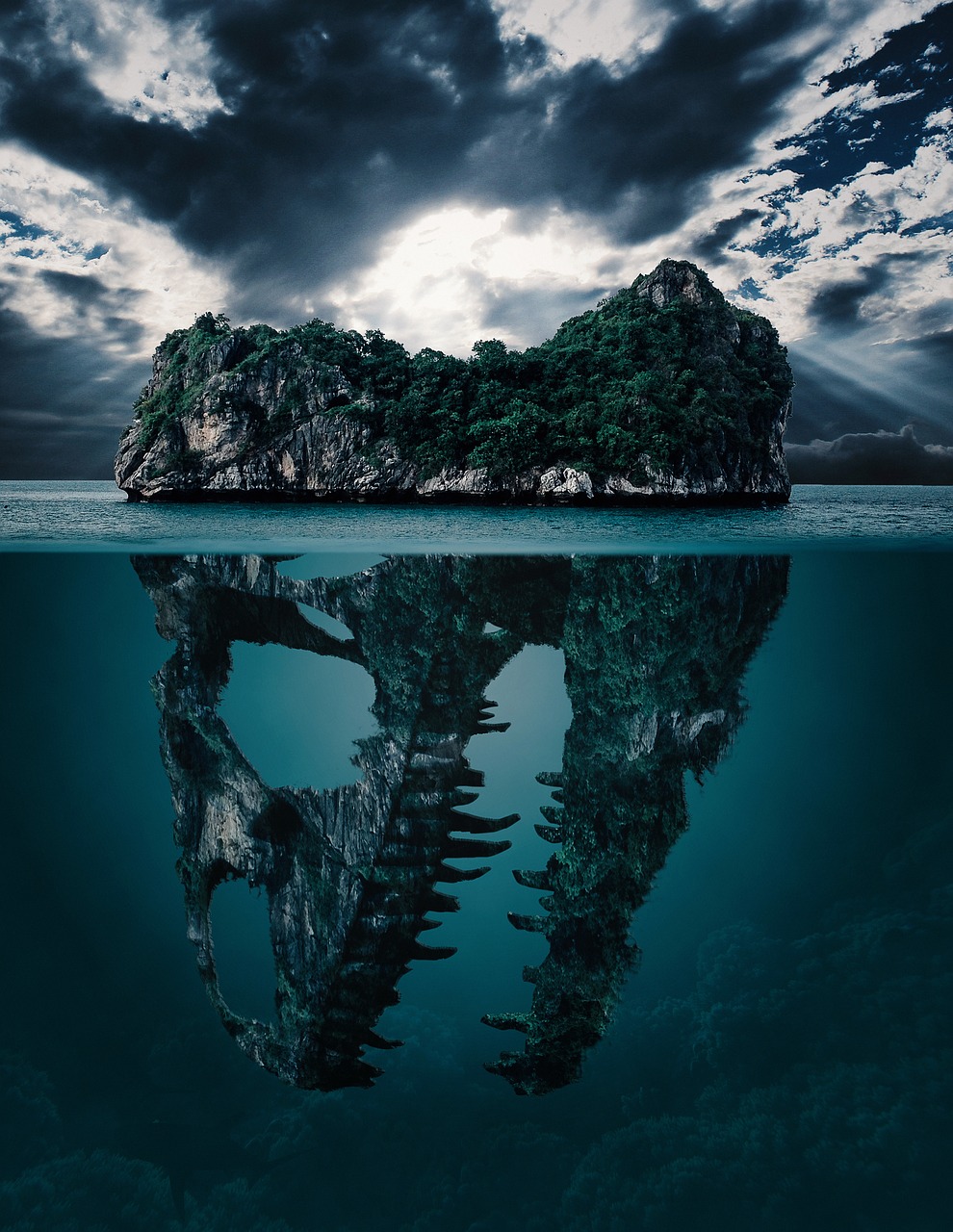Australian Art: A Brief History
 Australia has a fascinating history that is unique to anyplace on the planet. Having a colonial ago along with a native history, the inhabitants of the country have needed to adopt their isolation and adopt their very particular individuality. This travel of self-discovery that was domestic is represented in the history of the artwork of Australia.
Australia has a fascinating history that is unique to anyplace on the planet. Having a colonial ago along with a native history, the inhabitants of the country have needed to adopt their isolation and adopt their very particular individuality. This travel of self-discovery that was domestic is represented in the history of the artwork of Australia.
30,000 YEARS AGO – ABORIGINAL ART
Before the Europeans arrived on the shores of the continent in 1788, Australia’s art landscape started. The native peoples of Australia were painting long before that moment. In reality, the native art landscape goes as art in the world’s ongoing heritage.
The rock art could be seen across the entire world, by Kakadu and Uluru at Australia’s desert heart, to the Grampians as well as close Sydney. This artwork dates back 30,000 decades, outdating the cave paintings at Lascaux, France.
Art arches incorporate circles, and dots to signify facets of life. The artwork was painted or etched on stone.
Aboriginal artwork has a powerful influence on native and artists Nowadays. Artists that have used components of art comprise Albert Namatjira, Margaret Preston, William Barak, along with Doris Gingingara.
Susan Betts is a top modern indigenous artist that follows traditional types of painting. Qantas and Coca Cola have used her designs, also such as the 2000 Sydney Olympic Games.
1788 TO 1850 — EARLY COLONIAL ART
Colonial art in Australia was scientific in character, designed to describe Europeans a land that was peculiar. Art round this period consists of the identifying flora and fauna of Australia. Overseas was lots of those paintings they were regarded with doubt; lots of believed that illustrator Sydney Parkinson’s drawing of a platypus was a hoax.
Much more paintings were trying to locate significance in the landscape. They enjoyed playing with mild because the natural lighting of Australia has been different.
John Glover and John Lewin were equally performers at this moment. John Lewin’s 1808 painting Platypus is among the most renowned pictures of this first historical period. John Glover has been to catch Australian arenas.
1850 TO 1885 — LATER COLONIAL ART
The gold rush has been the catalyst for change within the art landscape of Australia. Art started to be appreciated by rich landowners and merchants. Art through the late period was about investigating the scene; it represented colonialists related and seen to their environment.
Louis Buvelot proved to be a vital figure in landscape painting at this moment. So significant was his job, he’s already been known as the ‘Father of Landscape Painting’. He painted settled and views of this property, which contrasts with the threat portrayed in paintings and all the strangeness.
From the 1850s grips are becoming popular, although artwork displays have been a flop. Back in 1854, the first art museum of Australia started in Melbourne, getting the National Gallery of Victoria in 1861. This was important not for its assortment of Australian and European artwork, but since an art, college connected to the museum.
1885 TO 1910 — HEIDELBERG SCHOOL
The Heidelberg School represents the most critical art change in Australia when art came into its own. It’s named after the artwork camp shaped only outside Melbourne in the late 1800s by artists Tom Roberts, Arthur Streeton, Frederick McCubbin, along with Charles Conder.
The artists targeted toward ‘truth to nature’ in the open atmosphere with brushstrokes. Their very first exhibition, 9 with 5 Impression Exhibition was held in Melbourne in August 1889. A number of the works shown there were painted cedar cigar box figurines.
Their paintings are familiar for outback scenes and their rustic, together with the conquest of their property and topics that work. It turned out to be a depiction of Australia at the moment, provided that town was lived in by Australians.
EARLY 20TH CENTURY — MODERN ART
Between the fantastic World Wars of the first half of the millennium, Australian art started to portray the insecurity and fear which has been inherent in society at that moment. Artists started to adopt methods out of realism, surrealism, and expressionism. As a consequence of the federation, artists legends started to turn into myths, and lifestyles to portray the changing individuality.
Arthur Boyd, by way of instance, utilized inspiration in the Bible to make Australian truths that expressed the terror of warfare. Photographer Max Dupain seized a few of Australia’s most iconic ancient photos of sailors at refuge about Sydney’s beaches.
Sidney Nolan captured Australian legends to signify abnormal depictions of the nation’s history. His Ned Kelly show is among the familiar and most renowned works of art today.
CONTEMPORARY ART
Australia’s art scene continues to thrive. Artists continue depicting the landscape and its background to delve deeper into what it means to be Australian and researching culture and art.
Photographers, amid the landscapes and cityscapes this nation has to offer you, have flourished particularly. Ken Duncan, Jack Atley, also Steve Parish have contributed a huge library of pictures to assist enlarge Australia’s representation from the art world.
There’s not any doubt that designers are going to have a lot to offer into the art world later on. With this continent with its society now, artists are overrun with topic material. Their generation of artwork can help to research the identity of Australia except to define itself.

